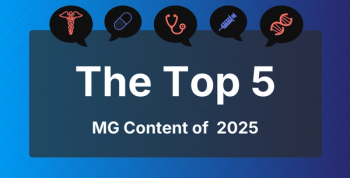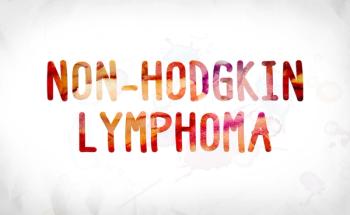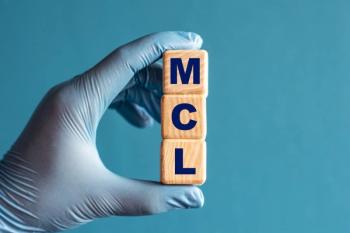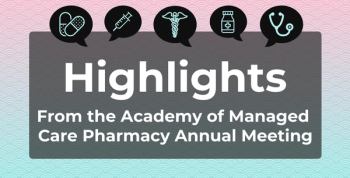
Changing Tumor Classifications May Explain Rise in Early-Onset CRC
Key Takeaways
- Changes in NEN classification in 2013 may partly explain the rise in EOCRC incidence, with NEN rates surging before 2013 and declining thereafter.
- EOCRC incidence increased among individuals aged 15 to 39 years, while rates remained stable in those aged 40 to 49 years.
Early-onset colorectal cancer (CRC) increases are linked to neuroendocrine tumor reclassification, not true adenocarcinoma growth.
The apparent rise in
This cohort study is published in
“To our knowledge, this study was the first European population–based study to compare time patterns in EOCRC incidence with those in older people, considering both histopathological type and stage at diagnosis,” wrote the researchers of the study.
EOCRC is rising due to a combination of lifestyle, biological, and environmental factors, research suggests.2 Diets high in ultra-processed foods, rising obesity rates, sedentary behavior, and gut microbiome disruptions appear to increase risk in younger adults. Additionally, delayed screening limited early detection, and cumulative exposure to environmental pollutants and endocrine-disrupting chemicals may further accelerate EOCRC incidence in this population.
The study analyzed data from the French Network of Cancer Registries, encompassing residents of 7 French administrative regions diagnosed with invasive colorectal cancer (CRC) between 2004 and 2021.1 The study period was selected to capture the impact of the 2013 revision to NEN classification. Researchers assessed age-specific incidence rates for colorectal adenocarcinoma (ADC) and NENs, stratified by age group and tumor stage at diagnosis. Incidence trends were modeled to estimate annual percent changes, with sensitivity analyses to validate observed temporal patterns. Statistical analyses were performed between November 2024 and March 2025.
Among 63,780 patients diagnosed with CRC between 2004 and 2021, the study found that EOCRC incidence increased among individuals aged 15 to 39 years—by 2.9% per year (95% CI, 1.6%-4.3%) in females and 2.6% per year (95% CI, 1.2%-4.0%) in males—while rates remained stable in those aged 40 to 49 years.
Across all ages, ADC incidence did not significantly vary, whereas NEN rates rose from 2004 to 2013, increasing between 10.1% (95% CI, 4.0%-16.5%) and 12.6% (95% CI, 7.2%-18.2%) per year before declining thereafter by −1.1% (95% CI, −1.9% to −0.2%) to −1.7% (95% CI, −3.0% to −0.4%) per year.
The increase in NENs was most pronounced among individuals aged 15 to 39 years, for whom NENs represented 29.7% of cases, compared with 5.7% in those aged 40 to 49 years and 1.4% in patients aged 50 years or older. Additionally, the incidence of metastatic ADC increased steadily between 2013 and 2021, rising between 1.2% (95% CI, 0.3%-2.1%) and 2.3% (95% CI, 1.0%-3.6%) per year in both sexes, suggesting a continued rise in advanced disease among younger patients.
However, the researchers acknowledged some limitations. Although the study used high-quality data, limited geographic coverage may have affected generalizability. Additionally, it could not assess colonic vs. rectal sublocations, pretherapeutic rectal stages, or risk factors like molecular profiles, obesity, lifestyle, or diet.
Despite these limitations, the researchers believe the findings highlight the importance of considering classification and diagnostic changes when interpreting incidence trends and suggest that public health strategies should account for these factors to accurately monitor and address EOCRC.
“These results contribute to recent discussions on advancing the age at which colorectal cancer screening should begin,” wrote the researchers. “It is important for public health decision-makers to consider the part of artifactual increase in the incidence of colorectal cancer observed in young adults over the past decades in several countries.”
References
1. Jooste V, Nousbaum JB, Alves A, et al. Epidemiological classification changes and incidence of early-onset colorectal cancer. JAMA Netw Open. 2025;8(11):e2541732. doi:10.1001/jamanetworkopen.2025.41732
2. Steinzor P. 5 Reasons why colorectal cancer may be rising in young adults. AJMC®. June 27, 2025. Accessed November 4, 2025.
Newsletter
Stay ahead of policy, cost, and value—subscribe to AJMC for expert insights at the intersection of clinical care and health economics.







































